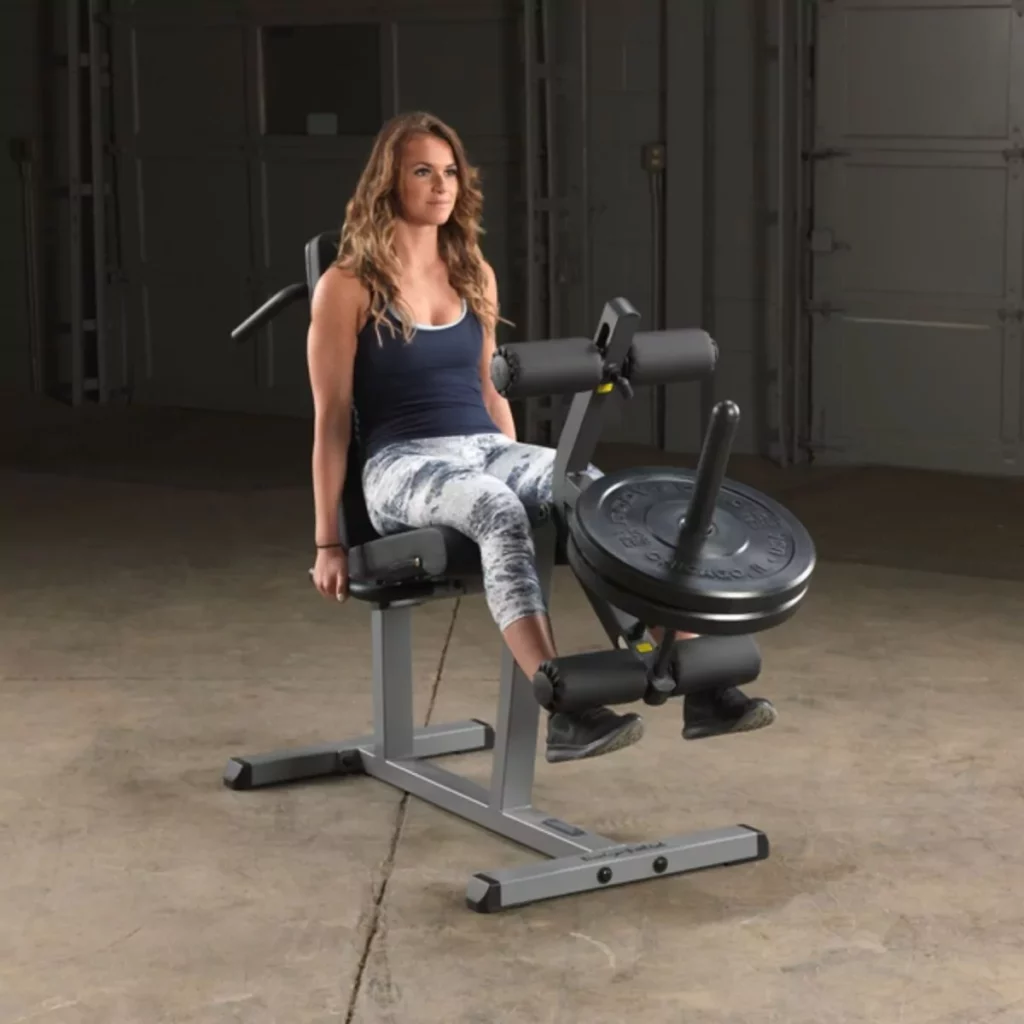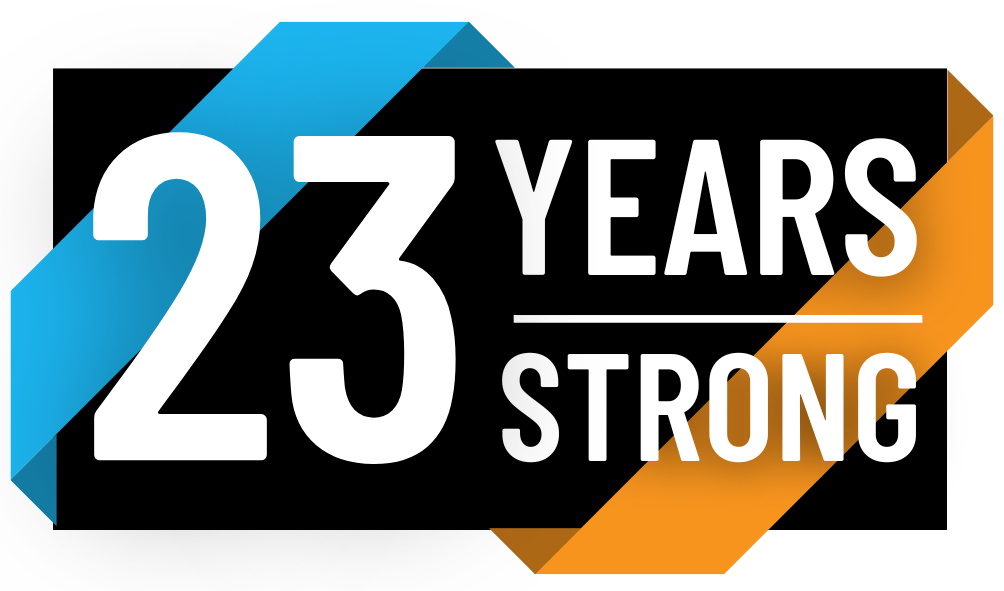
What is a Leg Extension Good For? A Comprehensive Guide
When it comes to building strength and toning the legs, the leg extension machine often becomes a topic of debate among fitness enthusiasts and professionals. Is it effective? Should it be part of your workout routine? This blog post will explore what a leg extension is good for, its benefits, and how to incorporate it into your fitness plan.
What is a Leg Extension?
A leg extension is a strength training exercise primarily performed on a specialized machine. The movement involves sitting on the machine with your legs bent at a 90-degree angle and extending them forward until they are straight. This action isolates the quadriceps, the muscles on the front of your thighs, making it one of the best exercises for targeting this specific muscle group.
Key Features of the Leg Extension Machine
- Adjustable Seat and Pads: Ensures proper alignment and comfort.
- Resistance Levels: Usually adjustable with weight stacks or resistance plates.
- Focus on Quadriceps: Provides a concentrated workout for the thigh muscles.
What is a Leg Extension Good For?
1. Isolating the Quadriceps
The primary benefit of the leg extension is its ability to isolate the quadriceps muscles effectively. Unlike compound exercises like squats or lunges, which engage multiple muscle groups, the leg extension focuses solely on the quads. This makes it an excellent choice for:
- Targeted Muscle Growth: Ideal for those looking to build or tone their thighs.
- Rehabilitation: Helpful for individuals recovering from knee injuries who need to strengthen their quadriceps in a controlled manner.
2. Improving Muscle Definition
If you’re aiming for well-defined legs, the leg extension can help sculpt your quads. By varying the resistance and performing higher repetitions, you can focus on building muscular endurance and definition. Consistency in using the leg extension machine can lead to visibly toned thighs, which is particularly beneficial for athletes or bodybuilders preparing for competitions.
3. Strengthening the Knee Joint
Strong quadriceps contribute to the stability and strength of the knee joint. Leg extensions can help:
- Support Knee Health: By strengthening the muscles around the knee, the exercise reduces stress on the joint.
- Injury Prevention: A balanced and strong quad muscle can lower the risk of injuries, especially during high-impact activities like running, jumping, or playing sports.
However, it’s essential to use proper form and appropriate resistance to avoid overloading the knee joint, which could lead to strain or injury.
4. Rehabilitation and Recovery
Leg extensions are often prescribed in rehabilitation programs for knee or leg injuries. The controlled nature of the movement allows individuals to rebuild strength gradually. It’s especially beneficial for:
- ACL Recovery: Strengthening the quadriceps post-surgery or injury.
- Arthritis Management: Gentle resistance can improve joint function and reduce pain.
Always consult a healthcare professional or physical therapist before including leg extensions in your rehab routine.
5. Enhancing Athletic Performance
For athletes, strong quads are crucial for optimal performance in sports that require running, jumping, or quick lateral movements. Incorporating leg extensions can:
- Boost Power: Helps generate explosive strength for sprints or jumps.
- Improve Balance: Strengthened quadriceps contribute to better overall stability.
6. A Beginner-Friendly Option
Leg extensions are accessible and straightforward, making them an excellent option for beginners. Unlike complex compound movements that require mastery of technique, the leg extension machine guides your motion, minimizing the risk of improper form.
How to Perform a Leg Extension Correctly
To reap the maximum benefits, it’s essential to perform the exercise with proper form. Follow these steps:
- Adjust the Machine: Set the seat and ankle pad to align with your knees and shins.
- Set the Resistance: Choose a weight that challenges you but allows for controlled movement.
- Position Yourself: Sit with your back against the pad, feet under the ankle pad, and knees at a 90-degree angle.
- Perform the Exercise:
- Slowly extend your legs until they are straight.
- Pause briefly at the top.
- Lower the weight back to the starting position in a controlled manner.
- Breathe Properly: Exhale as you extend and inhale as you return to the starting position.
Tips for Maximizing the Benefits of Leg Extensions
- Use a Full Range of Motion: To engage the quads fully, ensure that you extend and lower your legs completely.
- Control the Movement: Avoid jerky or rapid movements to reduce the risk of injury.
- Start with Light Weights: Gradually increase resistance as your strength improves.
- Incorporate Variations: Try single-leg extensions to correct muscle imbalances.
- Combine with Compound Exercises: For well-rounded leg development, pair leg extensions with squats, deadlifts, or lunges.
Common Mistakes to Avoid
While leg extensions are straightforward, some common mistakes can hinder your progress or lead to discomfort:
- Using Excessive Weight: Overloading the machine can strain the knees.
- Rushing Through Reps: Fast movements reduce the effectiveness of the exercise.
- Incorrect Machine Setup: Misaligned pads or seats can lead to improper form and potential injury.
Who Should Avoid Leg Extensions?
While leg extensions offer numerous benefits, they may not be suitable for everyone. Individuals with:
- Pre-existing Knee Issues: Consult a doctor or physical therapist before performing leg extensions.
- Back Problems: Incorrect form or excessive weight can strain the lower back.
If you experience pain or discomfort during the exercise, stop immediately and reassess your form and resistance level.
How to Incorporate Leg Extensions into Your Routine
Here’s how to include leg extensions in your fitness program:
- As a Finishing Move: Use leg extensions at the end of your workout to isolate and burn out your quads.
- In Rehabilitation: Perform 2-3 sets of 10-15 reps with light resistance under professional guidance.
- For Muscle Growth: Aim for 3-4 sets of 8-12 reps with progressively heavier weights.
- For Endurance: Perform 2-3 sets of 15-20 reps with moderate resistance.
Leg Extensions vs. Other Quad Exercises
While leg extensions are excellent for isolating the quads, they should not replace compound exercises. Here’s how they compare:
- Squats: Engage multiple muscle groups, including the glutes and hamstrings.
- Lunges: Improve balance and functional strength.
- Leg Press: Targets the quads, hamstrings, and glutes with less strain on the knees.
A balanced leg workout should include a mix of compound and isolation exercises for optimal results.
Conclusion: Is the Leg Extension Worth It?
The leg extension is a versatile exercise with numerous benefits, particularly for isolating the quadriceps, improving knee stability, and enhancing muscle definition. While it may not be a one-size-fits-all solution, it can be a valuable addition to your workout routine when used correctly.
Whether you’re a beginner, a seasoned athlete, or someone recovering from an injury, the leg extension machine can help you achieve your fitness goals. Remember to use proper form, avoid common mistakes, and balance it with other leg exercises for a well-rounded approach to strength training.
By understanding what a leg extension is good for, you can maximize its benefits and take your fitness journey to the next level.

